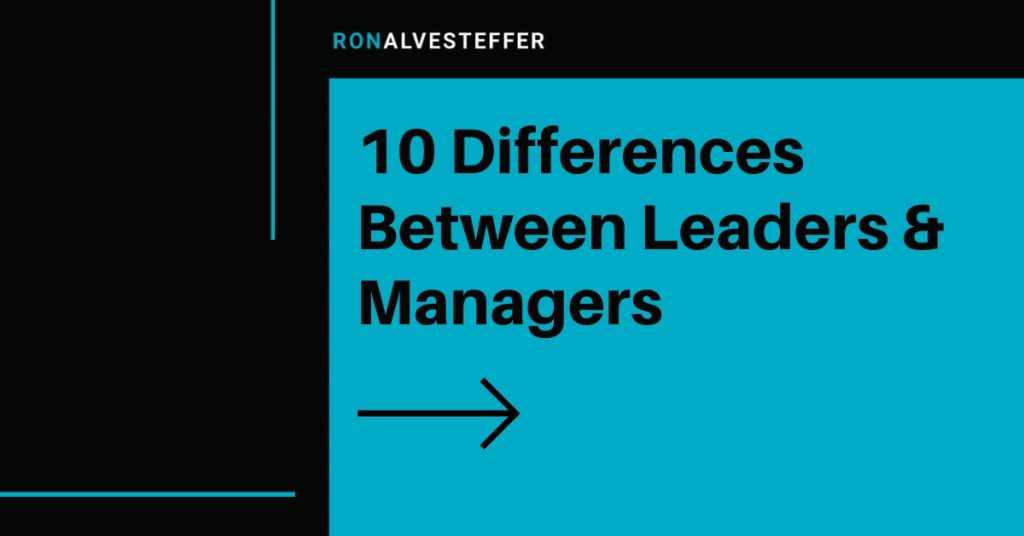
I believe there are very distinct differences between the role of a manager and the role of a leader; but the roles should not conflict with each other. Organizations recognize there is a symbiotic relationship between manager and leaders – which is why there is a distinctive balance between the two.
Followers look to managers for tasks and leaders for purpose.
I believe that there are very distinct differences between the role of a manager and the role of a leader. But the roles should not be in conflict with each other. Sustainable, high-performance organizations recognize that there is a symbiotic relationship between managers and leaders and they ensure that both are being utilized effectively.
Here are a few differences that I’ve identified:
- Managers focus on process and procedure. Leaders focus on people.
- Managers administrate. Leaders envision.
- Managers maintain. Leaders develop.
- Managers measure projections. Leaders project measures.
- Managers ensure things are done right. Leaders ensure the right things are being done.
- Managers make sure rules are followed. Leaders empower and inspire innovation.
- Managers deal in detail. Leaders focus on possibilities.
- Managers magnify corporate policies, process and procedures. Leaders magnify the team’s capabilities and purpose.
- Managers deal in the probable. Leaders deal in the possible.
- Managers are implementers of rules, organizers of details and reinforcers of compliance. Leaders are challengers of rules and casters of vision.
While it may seem that managers and leaders can’t coexist with one another, it is imperative that they do. Organizational cultures seem to constantly flux between authoritarian environments (led by managers) and laissez faire environments (managed by leaders). Both cultures are unbalanced, destructive and unsustainable.
Sustainable high-performance cultures are purpose driven. Leaders lead and managers manage. Both agree and are bound by a common (often written) corporate code. Their symbiotic relationship serves employees and organizations well. What differences have you identified between managers and leaders?

